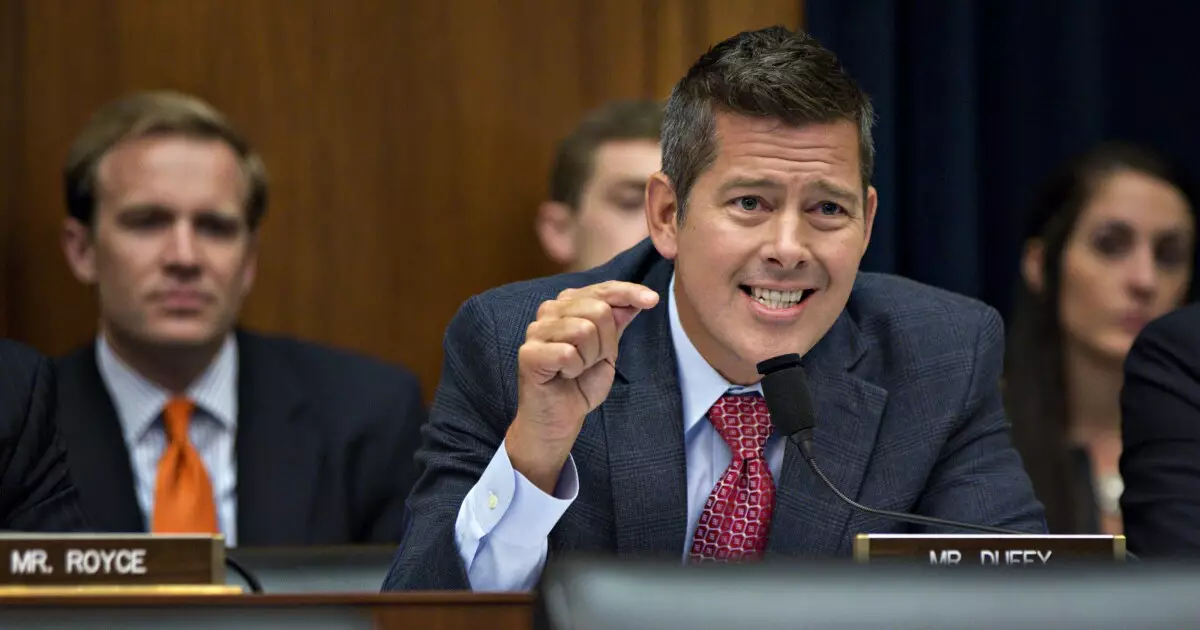Donald Trump’s announcement of Sean Duffy as his nominee for the U.S. Department of Transportation (DOT) has raised expectations and concerns in equal measure. Duffy, known for his previous congressional service and current role as a Fox News host, comes into a department critical to the nation’s infrastructure. This article dissects the implications of Duffy’s nomination as the DOT prepares for considerable challenges ahead, all while examining his qualifications and potential impact on American transportation policy.
Duffy’s political experience is extensive, having spent nine years in Congress before resigning in 2019. His tenure included significant dealings with financial services, housing, and transportation issues. This background could be crucial as the newly appointed DOT head will have the responsibility of rebuilding and enhancing the nation’s infrastructure. The Department plays a vital role in shaping the transportation framework, and Duffy must navigate not only the facts and figures of budgets and appropriations but also complex political alliances. With the backdrop of the recently passed $1.2 trillion Infrastructure Investment and Jobs Act (IIJA), Duffy’s ability to foster bipartisan support will be critical. The political landscape regarding transportation has historically been cooperative, and maintaining this tradition will be essential as Congress braces for the next surface transportation authorization bill.
Trump’s assertion that Duffy would lead the country into a “Golden Age of Travel” may come off as ambitious, given the significant hurdles currently facing the infrastructure sector. The IIJA ramps up federal spending and outlines various new programs, bringing both opportunities and responsibilities for Duffy. The target for Duffy will be balancing innovation with safety and efficiency, aiming to elevate the travel experience for Americans as purported. Equally important will be his approach to the new programs established under the IIJA and how he will report their impact, efficiency, and progress to both Congress and the public effectively.
Duffy’s history as the lead sponsor of the Puerto Rico Oversight, Management, and Economic Stability Act shows a glimpse of his legislative skills. However, applying those skills to national transportation infrastructure will require not just legislative acumen, but the ability to garner support across political lines. As many states and local governments also grapple with budget constraints, Duffy’s diplomacy may very well dictate the future pathways of federal funding and resources.
Duffy’s nomination is not without its critics. His transitions from congressman to Fox News personality may raise questions regarding his willingness to engage with more traditional public-service approaches. Furthermore, while Duffy’s past appears to align with a focus on financial oversight and governance, the nature of the transportation sector requires a deep understanding of technical aspects and safety regulations. The American Association of State Highway and Transportation Officials (AASHTO) has praised his nomination, reflecting confidence in his skills to navigate Washington’s landscape to achieve results. However, translating this praise into tangible results that significantly improve transportation will rest on Duffy’s shoulders.
Moreover, as partisan dynamics continue to play an overriding role in American politics, navigating those waters effectively will be paramount. Opposition scrutiny, particularly as pressing issues around climate change, public transportation costs, and evolving transportation technology become central topics in the public discourse, may create challenges for Duffy, who will need to be both flexible and firm in his vision.
As Duffy prepares for confirmation hearings, his agenda could either reflect a continuation of existing strategies or a resurgence of new directions in transportation policy. With a federal budget of approximately $146.2 billion at his disposal and significant upcoming legislation on the horizon, he faces a demanding role. Balancing innovative infrastructure initiatives with the traditional essential of safety will set the tone for his leadership.
Although Duffy’s past experience has positioned him to grasp the nuances of policy making, how he translates this into effective leadership at the DOT remains uncertain. If confirmed, he will not only be tasked with stewardship of America’s physical transportation infrastructure but will also need to adeptly engage with rising concerns on sustainability, technological advancement, and equity in transportation access. As the nation looks ahead, Duffy’s potential influence on transportation policy will unfold under the scrutinizing eyes of the public and fellow policymakers—revealing whether he is indeed the visionary leader necessary to navigate this critical juncture in U.S. transportation.

